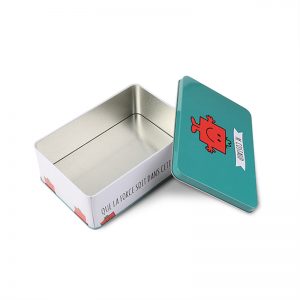Ink drying process
In tinplate printing production, the drying of ink is a complex physical and chemical reaction process. It is necessary to reasonably control the ink drying speed and master the physical and chemical mechanism of ink drying in order to effectively carry out fast printing operations and ensure product quality. Drying the ink too fast will reduce the normal transfer performance of the ink and affect the normal production; it will cause the imprint to be weak, the ink color will be light, the printing plate and the ink roller surface will dry up, which will hinder the ink during the transfer; make the printing plate graphics dry. The layer expands outward; the excessive amount of desiccant will increase the ink absorption and the blank part will become dirty. The ink drying too slowly can cause overprinting difficulties, adhesion, adhesion, etc., and the firmness will be reduced; it is easy to cause scratches during the conveying process. Therefore, the drying speed of the ink should be appropriate, too fast or too slow is unfavorable.
Special structure of printing equipment
Due to the different substrates, the auxiliary mechanism of the tinplate printing press is also different from the paper offset printing press. Tinplate is insoluble in water and does not absorb solvents, so the printing ink needs to be baked at a high temperature to make the solvent volatilize and solidify the conjunctiva. Therefore, a drying room is generally required in the printing process device. The entire tinplate printing automatic line is generally more than 50 meters long, which is precise and large. In addition, the tinplate printing machine is controlled by magnets for dividing and double sheets. The high hardness of the tinplate material also determines that the advanced continuous iron conveying structure cannot be used in the printing process. The structure of the pushing, level and stacking parts are different. Offset press for printing paper.


















